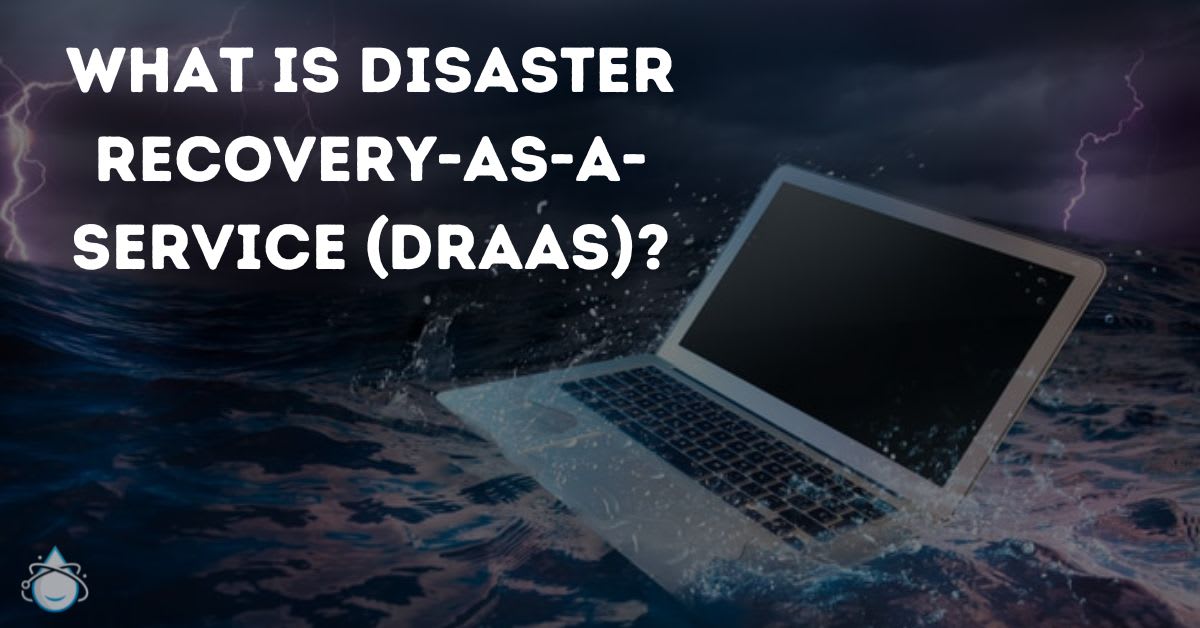
Disaster Recovery-as-a-Service, or DRaaS, allows organizations to back up their data and IT infrastructure in a third-party cloud computing environment. It offers complete disaster recovery (DR) orchestration via Software-as-a-Service (SaaS) to rebuild IT infrastructure’s functioning and accessibility after a disaster. Disaster recovery plans (DRPs) or business continuity plans (BCPs) are frequently provided in combination with DRaaS. DRaaS is also called Business Continuity-as-a-Service (BCaaS). DDraaS is a solid addition to vCloud Director, providing disaster recovery and data protection.
What Are the Benefits of Using Draas?
The following are the most significant benefits of Disaster Recovery-as-a-Service (DRaaS):
Scalability
Scalability is a critical advantage of cloud services over physical, on-premise infrastructures. You’ll want your disaster recovery choices to grow along with your organization when you’re looking to expand. This can be extremely challenging with an on-premise disaster recovery system for various reasons. A non-cloud-based DR system requires a certain amount of physical space to create and expand.
Buying the appropriate equipment will be expensive when scaling up. You may constantly analyze your needs with DRaaS, changing and growing your system. You may cover as many VMs, storage locations, sites, and databases as you need by using DRaaS. And you can do it for a much lower price.
Security
In-house DR systems are susceptible to hacker attacks, as many firms have learned the hard way in recent years, which puts sensitive and vital data at risk of exposure. You’ll have a more secure data infrastructure backup with a cloud-based disaster recovery system from a private provider since many now come with essential encrypted data storage.
Flexibility
A quality DRaaS shares with other cloud-based platforms is flexibility. You can choose the operating systems, platforms, management systems, and backup tools that are most effective for you according to DRaaS, which won’t lock you into any particular server, database, backup, or network technology. Moreover, it will allow you to select recovery destinations and options, such as restoring specific files or a complete system. To develop a solution that fits the demands of your particular business, you may alternatively select a service that enables you to use resources as and when you need them.
Cost Efficiency
Several expensive hardware components frequently make up in-house DR systems. DRaaS provides the same DR capabilities at pay-as-you-go pricing that is significantly lower than the expense of constructing a cumbersome, on-premise solution.
Also, the fact that DRaaS is off-site can result in considerable savings because it will let your organization resume operations much faster in the case of an IT failure, which can be highly costly to a business for even a brief outage. The most significant benefit of using an outside service is that it will save your company money in the long run by removing the need to hire an IT crew to manage an internal system.
Reduced Risk
Reduce manual operations with automation and orchestration. This enables relatively immediate failover and improved time-to-recovery with priority apps and virtual machines brought up correctly every time.
Compliance
Your organization will have access to the controls required to monitor and safeguard your critical data using DRaaS, assisting in the IT infrastructure’s compliance with essential compliance and regulatory standards. Using DRaaS, your company can demonstrate to regulators, auditors, and clients where your data is housed, who manages and has access to it, who backs it up, and how – all within a single graphical user interface. Modern security measures and the additional advantages of a cloud-based service make this possible.
Reduced Demand for Staffing
Use automatic failover procedures to save staff time, or call your DRaaS provider just once. This enables workers to focus on projects that provide income rather than disaster recovery management and preparation.

What Kind of Disasters Can a DRaaS Solution Mitigate?
Planning for disaster recovery is essential for ensuring business continuity. Numerous disasters with the potential to destroy an IT organization have become more common in recent years. A DRaaS system can efficiently mitigate the severity of disasters like cyberattacks, hardware/software failure, power outages, and natural disasters.
How Much Does DRaaS Cost?
What Technical Infrastructure Do You Need?
The DRaaS provider offers the infrastructure that serves as the customer’s disaster recovery site when a disaster occurs. The provider’s service often includes a software application or hardware appliance that can copy data and virtual machines to the provider’s private or public cloud.
The third-party DRaaS provider also offers failover to a cloud computing environment through a contract or pay-per-use basis. The DRaaS requirements and expectations are stated in a service-level agreement (SLA). This makes it possible for the provider to carry out the disaster recovery plan even in the worst-case scenario: a complete or nearly complete shutdown of the affected organization. In a natural disaster, an off-site vendor is less likely to suffer direct and immediate repercussions than the afflicted enterprise.
Are There Potential Risks or Drawbacks To Using a DRaaS Solution?
Even after the many advantages of Disaster Recovery-as-a-Service (DRaaS) deployment, you must be aware of some potential risks or drawbacks. The main disadvantage of DRaaS is that it outsources the cost and labor of disaster recovery. The client must rely on and have faith in its service provider to correctly carry out the business continuity and disaster recovery plan and uphold the agreed-upon SLA as soon as they become aware of the disaster. Customers rely on the DRaaS vendor’s capacity to offer sufficient security.
Another potential DRaaS risk is a need for more bandwidth. DRaaS vendors can manage intermittent DR occurrences, but most providers must be able to carry out recovery operations for all their clients simultaneously.
What DRaaS Provider Is Right for Your Organization?
Selecting the right Disaster Recovery-as-a-Service (DRaaS) provider for your company is crucial to get the desired results. Even if the service could be advantageous, choosing the wrong provider will result in issues. The top DRaaS providers secure your data and allow quick access to it in the aftermath of a disaster, removing the need for you to maintain storage equipment.
Before selecting a DRaaS provider, think about how you will integrate your hosting infrastructure with your IT requirements. The following are essential considerations when selecting a DRaaS provider for your organization:
Reliability
In a major disaster, the resources and capacity of the disaster recovery service provider are known. Most DRaaS solutions are created by public cloud providers, although even public clouds occasionally experience outages. Learn your contract rights and how your company will react and recover in each case. The more likely scenario is that the DRaaS provider will fulfill its pledges but will have to catch up to its SLAs.
Capacity
The cloud backup service must have sufficient bandwidth and resources to effectively manage the data transfer.
Recovery Speed
The following factors will impact how quickly your DRaaS provider can get you back in operation:
- RTO (Recovery Time Objective): The amount of time before a crisis impacts the Business Community Plan (BCP).
- RPO (Recovery Point Objective): For a business function to be restored, there must be enough time to prevent business continuity breaches or adverse effects.
To keep these objectives close to zero, you’ll need to locate a supplier that provides speedy recovery while also adhering to a continuous data protection model.
Compliance
Before choosing, it is essential to confirm that DRaaS providers and cloud backup options satisfy your organization’s compliance needs. The following are the most crucial factors to look out for:
- The FBI and state bureaus started Criminal Justice Information Services (CJIS), a project that identifies ways to keep criminal history, fingerprint records, and other data obtained by law enforcement organizations safe.
- Healthcare organizations must comply with the Health Insurance Portability and Accountability Act (HIPAA), which establishes requirements for protecting sensitive patient data.
- The Statement on Standard for Attestation Engagements 16 Type II (SSAE Type II) is a seal of approval from qualified auditors. It verifies that a company has adhered to proper controls over financial reporting (SOC 1) and has done so successfully over a given period (SOC 2).
Location
Disasters can be regional. As such, the cloud data center should be far enough away from the enterprise employing it to ensure recovery capabilities.
Final Thoughts
DRaaS is an excellent choice if you are a small to medium-sized business (SMB) or a growing organization needing flexibility or more internal resources or bandwidth to handle this software or hardware. DRaaS allows you to avoid the excessive financial and operating expenditures of building, equipping, and administering another data center. If these services are included in your SLA, a DRaaS provider can virtualize your infrastructure to reduce storage needs and handle data backups, security, and disaster recovery.
[ad_2]
Source link






